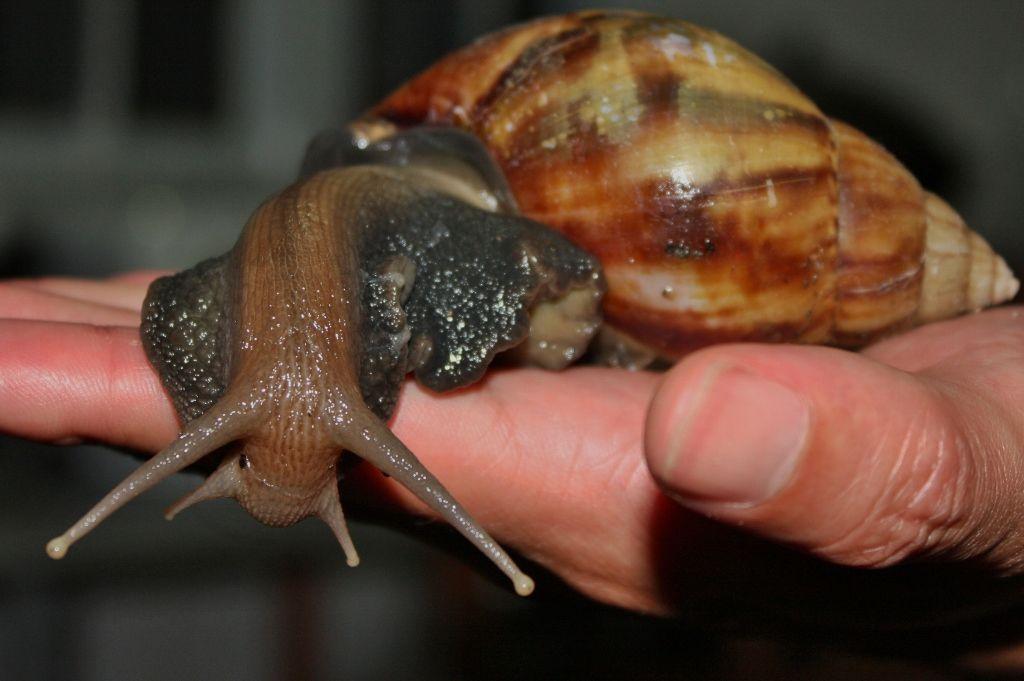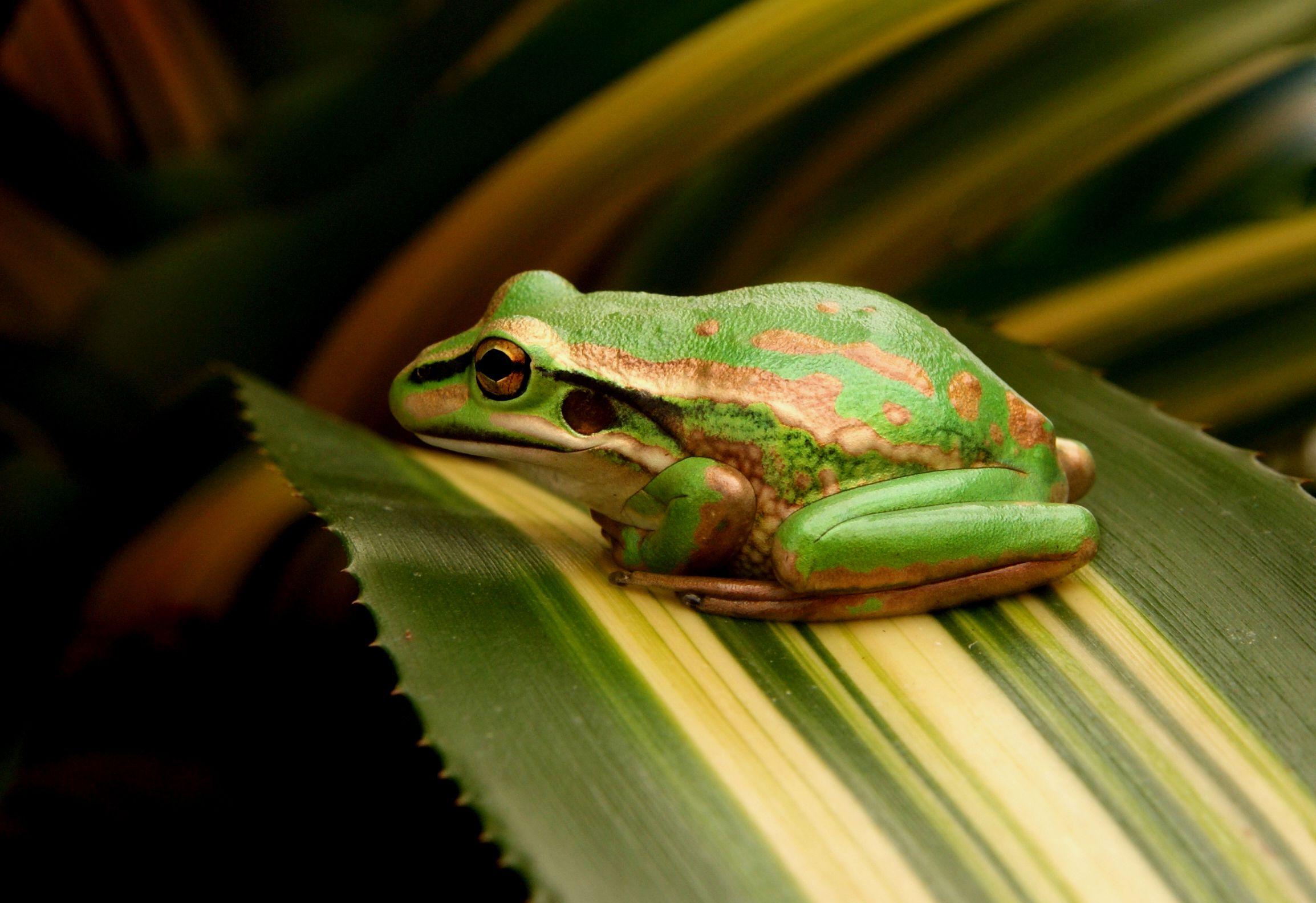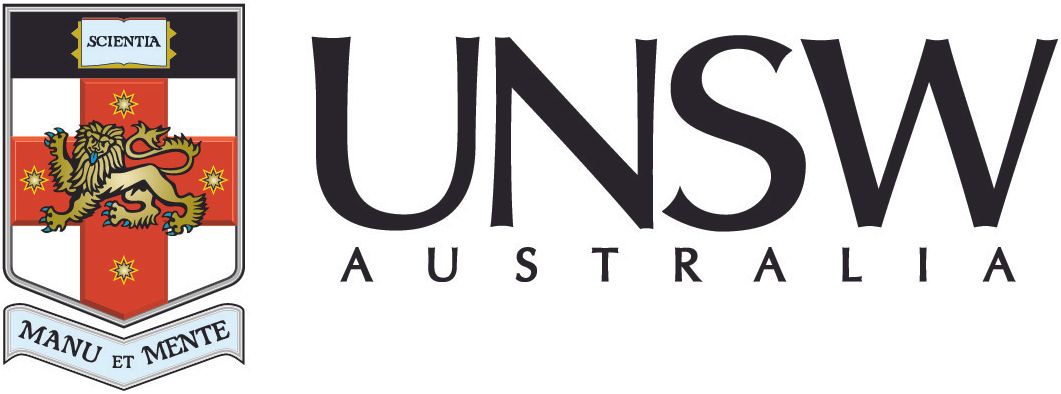IPBES Intergovernmental report highlights $423 billion impact of invasive alien species and calls for greater action

The introduced giant african snail. Image: Thomas Brown, CC BY 2.0 DEED via Wikimedia Commons
Media Release
5 September 2023
Last night IPBES, the Intergovernmental Platform on Biodiversity and Ecosystem Services, which has 143 countries as signatories, released a landmark report on the global impact of invasive alien species and how to control them
Invasive alien species have a major impact on biodiversity and ecosystems, agriculture and human well-being.
In 2019 IPBES estimated the global cost of invasive alien species at $423 billion. The cost of impacts has more than quadrupled every decade since 1970.
Common impacts include smothering, excluding or eating native species, degrading habitat and water quality, increasing fuel loads and fire spread and intensity, impacting agriculture and aquaculture, stinging humans and transmitting diseases, and damaging infrastructure. Every country is being impacted, even Antarctica.
The assessment released today was produced by 86 experts from 49 countries over four and a half years and draws on the findings of thousands of studies.
Alien species are ones that are deliberately or accidentally introduced to areas where they are not native; not all of them will become invasive.
The IPBES assessment found that 37,000 alien species have established worldwide and 3,500 of them have become problematic invasive species.
Invertebrates are the most likely to become invasive (22%), followed by vertebrate animals (14%) and microbes (11%), with plants the least likely (6%).

Invertebrates, like the giant African snail, can become invasive and have detrimental effects on ecosystems. The giant African snail has reached Christmas Island but is not yet established on Australia's mainland; if it did, it could cause significant damage to plant species. Image: Thomas Brown CC BY 2.0
World wide, invasive alien species are the sole cause of 16% and a major driver of 60% of extinctions. They are responsible for 90% of extinctions on islands.
Globally invasive species have caused the local extinction of 1,215 native species. They have played a major role in many Australian extinctions including the extinction of 1 in 10 Australian mammal species.
Globally control programs have a 60% success rate. Integrated approaches with sufficient funding, political will and community support are essential. But that does not mean we can walk away from invasive species that we have no hope of eradicating. eg managing fox, rabbit, feral horse impacts.
An example of a program that needs a major injection of new effort and investment is the Red Introduced Fire Ant which is at risk of breaking from small areas in south-east Queensland to invade NSW.
Even when eradication is not possible, such as with many of Australia’s widespread invasive species like rabbits, foxes, feral cats, feral pigs, blackberry, lantana and the plant disease phytophtora, containment and control programs can have a major benefit for native species and ecosystems.
According to the authors one of the most important messages from the report is that ambitious progress in tackling invasive alien species is achievable and will have far-reaching benefits for nature and people.
They highlight that managing invasive alien species can help to mitigate the negative effects of other threats. There are many examples of this in Australia, and it is why control is still important even though it must be on-going.
For example, in northern Australia, managing feral horses, buffalo and feral cattle to reduce habitat damage was found to reduce the impact of hunting by feral cats on native mammals.
Removing feral horses from Australia’s alpine ecosystems greatly reduces habitat damage to fragile ecosystems like alpine wetlands and this can help these alpine ecosystems and the species that live there to better cope with global warming.
Endangered spotted-tree frogs are being driven to extinction by two invasive species - predatory feral trout and chytrid fungus. The frog populations can hang on with one of these threats but not both. As it is not yet possible to control chytrid fungus we can help them survive by removing trout (which eat the tadpoles) from streams with spotted tree frogs.

Like many native frogs, green and golden bell frog is impacted by the introduced chytrid fungus disease. Image: Bernard Spragg. CC0 1.0 DEED via Wikimedia Commons
Island eradications have a greater success rate at 88%. Globally there have been 1,550 successful eradications on 998 islands. They are frequently outstanding biodiversity recovery success stories.
For example, the eradications of goats, cats, rats and mice from Macquarie Island has led to extensive habitat recovery and large increases in the populations of many of the islands seabird breeding colonies.
On Western Australia’s Dirk Hartog Island the eradication of cats, goats and sheep has allowed 11 native mammal and one native bird species to be reintroduced.
The most efficient method of control is still prevention, and is why Australia’s biosecurity and surveillance system is so important. Some of the species that Australia is working hard to keep out because of their potential to be invasive and have major destructive impacts, include giant African land snail, black spined toad and savannah cats.

Myrtle rust (exotic strains) is a fungal disease that causes deformed leaves, heavy defoliation of branches, dieback, stunted growth and often plant death. Myrtle rust is one of the most serious exotic threats to Australia's natural environment and if it reached our shores would affect eucalypts, paper barks, bottle brushes, lilly pillies and other important Australian Species. Image: Scot Nelson, CC01.0 via Flickr
According to the Executive Secretary of IPBES, Dr. Anne Larigauderie there is an urgent need for the findings of this report to reduce the large and growing harm to nature and people from invasive alien species.
“The Governments of the world agreed, in December last year, as part of the new Kunming-Montreal Global Biodiversity Framework, to reduce the introduction and establishment of priority invasive alien species by at least 50% by 2030. This is a vital, but also very ambitious commitment.
“The IPBES Invasive Alien Species Report provides the evidence, tools and options to help make this commitment more achievable.”
The Biodiversity Council was founded by 11 Universities and brings together leading Australian experts to raise awareness of Australia’s biodiversity crisis and to promote evidence-based solutions.
IPBES aims to strengthen the science-policy interface for biodiversity and ecosystem services, in order to support biodiversity conservation, sustainable development and long-term human well-being.













